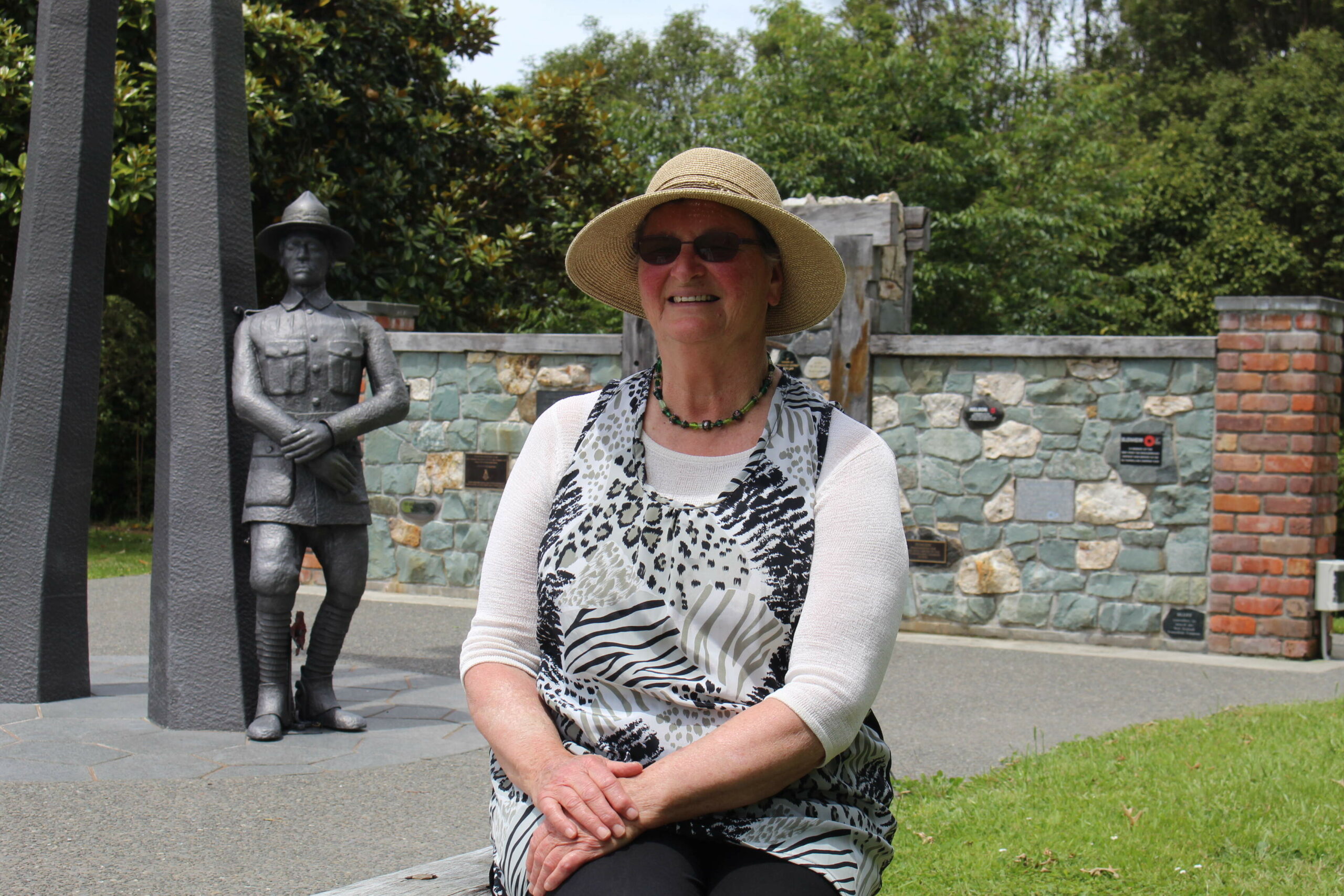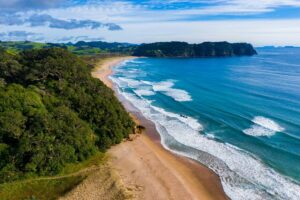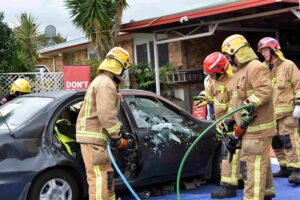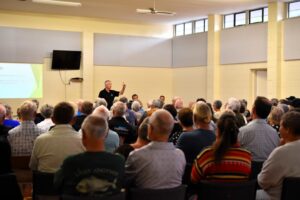Establishing a commemorative wall to honour Waihī miners who built tunnels in World War II is the main community service highlight for Krishna Buckman.
The Waihī Heritage Vision secretary and treasurer was recently awarded the Hauraki District Council Tu Meke Onya Award for going above and beyond.
Krishna told The Profile she was “very humbled” by the award and it was dedicated to the “tremendous support” from the Waihī community.
“I couldn’t do what I’m doing without the people in Waihī and my husband Warwick as well who has been a great support,” she said.
“All the support you get makes your job of organising an Anzac Day or Armistice Day at the memorial easy. People come in, you tap them on the shoulder and they’ll say ‘oh I can do that’, so very lucky to have that tremendous support in our community.”
Originally from Whenuapai, Krishna said she had lived in Waihī since 1989 and had always had an affinity with both world wars.
“My dad was Claude Harding and he was in World War II over in the Pacific as an engineer, and my mother, Barbara Jones, was in the Wrens [Women’s Royal New Zealand Naval Service] in World War II, so I’ve got a long family military history,” she said.
“[Dad] retired from the air force and came to live in Waihī so that’s how I came to Waihī.”
Krishna, who also served in the Wrens for five years, said she and Warwick joined Waihī Heritage Vision in 2014.
The main project for the group, which aims to preserve Waihī history, was establishing the Tunnellers Memorial at Gilmour Reserve in 2016.
“Sue Baker Wilson found out there was no memorial to the Tunnelling Company in New Zealand at all, they have memorials in Europe and of course a lot of our miners went from Waihī to Arras, France to enlarge the tunnels underground towards the German frontline,” she said.
“So we have this lovely memorial now for Anzac Day and Armistice Day and telling the story of our tunnellers.”
Krishna said the memorial was unveiled by Victoria Cross recipient Willie Apiata and she made wreaths for the ceremony to commemorate the countries where the Waihī tunnellers came from, including Australia, Canada, Great Britain and the Cook Islands.
“The Australian wreaths depicted the wattles and the gumtrees, and the Canadian ones had the big maple leaf with a purple bow,” she said.
“Each wreath for each country was personalised and the defence people of that country that were here in New Zealand laid their wreath on behalf of their country.”
Krishna, who also volunteers at St John’s Anglican Church, said she was also instrumental in the Armistice Day centenary commemorations in Waihī in 2018.
“We had a big display down in the Waihī Memorial Hall with some huge photographs of our Waihī boys and women and I was asked to supply the knitted poppies between each of the photographs,” she said.
“I needed about 3000 handcrafted poppies so I went round all the women’s groups around Waihī and asked them if they could make the poppies and the women in Waihī were just wonderful.
“We also had Tauranga and RSA ladies help make us poppies, they heard of our project, so we were very lucky.”
Krishna said the next big project for Waihī Heritage Vision was establishing a SAG mill with interpretation panels of the history of mining at Waihī.
“We have been gifted from OceanaGold a SAG mill which they had to replace and at this stage we’re looking and working towards getting it set up on Kenny St as you come out of Union Hill,” she said.
“The idea is you can walk or cycle through the SAG mill and we’ll have interpretation panels of the old mining days.
“It’s a slow process at getting permits, drawings and consents but it’s going to be quite a feature.”

Krishna Buckman at the Tunnellers Memorial. Photo: GORDON PREECE



